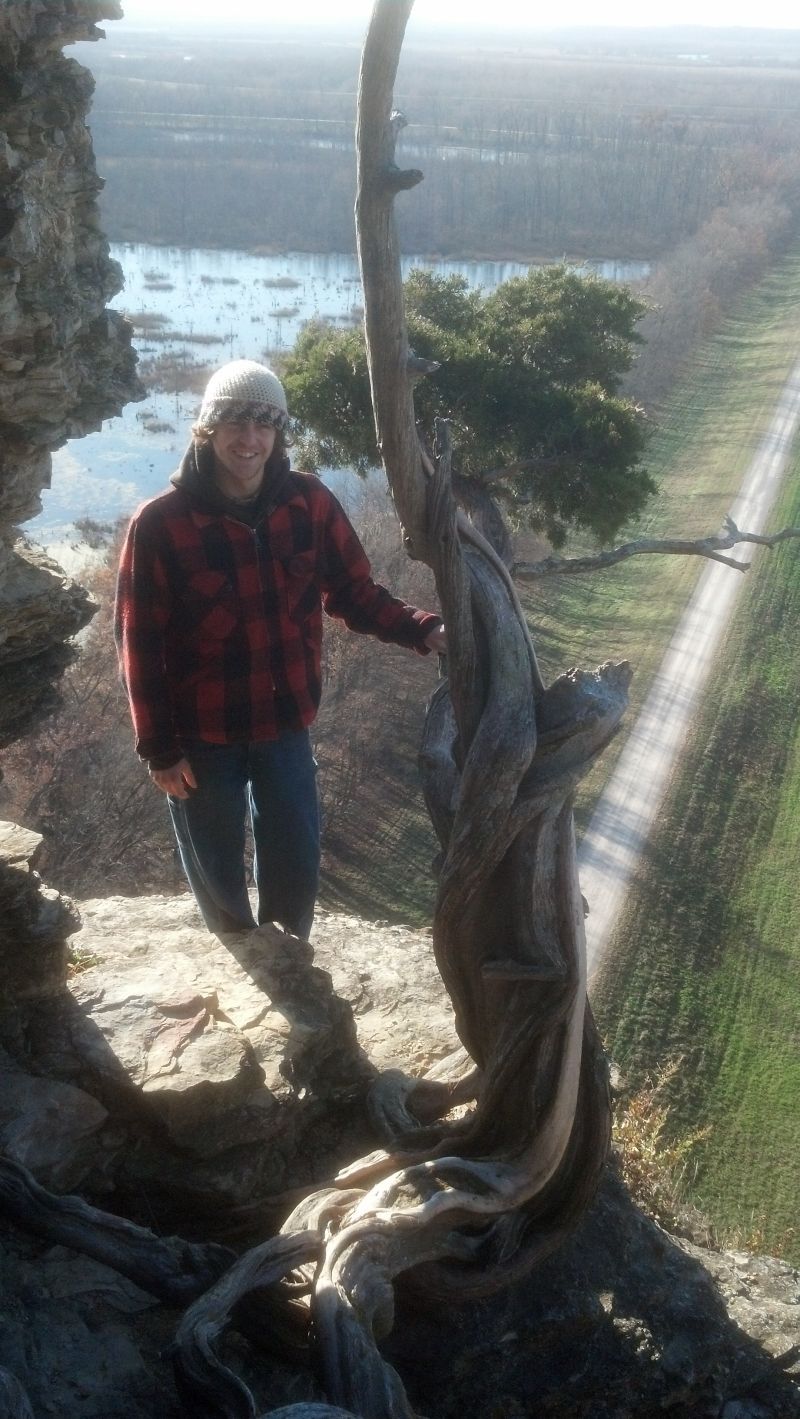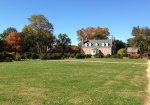The Bonsai Herald
Mame
Someone in another thread posed the question of bonsai in the Northeast compared to the Northwest.
I would love to get a discussion going about it, and thought I would start by sharing my thoughts. I must first of all note that this is only my second year living in the Northeast, and my eyes are only beginning to open to the potential of bonsai in the Northeast.
I happen to see great potential for east coast bonsai. Our main treasure in North East bonsai is Larch. It's the native species out here that you see the most commonly, and there are some real specimens out here. We have some great species out here that should be used more for bonsai, such as Pitch Pine, Black Spruce, Common Juniper, and White Cedar. I'm curious about Balsam Fir for bonsai, and to be honest have just only begun to think about native decidious material in the northeast for use as bonsai. Eastern Hemlock is an amazingly delicate tree in nature, but it seems to be pretty scraggly for bonsai. I'm hoping to put together an Eastern Hemlock forest since a nice stand-alone tree seems impossible to come by. I'm also waiting for someone to pioneer Eastern Red Cedar, which is technically a juniper. Although it grows upright, I've seen some nice ones, and think there are probably some amazing specimens out there waiting to be appreciated as bonsai.
Nick Lenz has done a lot to get the ball rolling on native northeast material for bonsai, but we are still waiting for someone to come pioneer it to the level that Ryan and Michael have in the Northwest, and Boon has done in California.
I would love to get a discussion going about it, and thought I would start by sharing my thoughts. I must first of all note that this is only my second year living in the Northeast, and my eyes are only beginning to open to the potential of bonsai in the Northeast.
I happen to see great potential for east coast bonsai. Our main treasure in North East bonsai is Larch. It's the native species out here that you see the most commonly, and there are some real specimens out here. We have some great species out here that should be used more for bonsai, such as Pitch Pine, Black Spruce, Common Juniper, and White Cedar. I'm curious about Balsam Fir for bonsai, and to be honest have just only begun to think about native decidious material in the northeast for use as bonsai. Eastern Hemlock is an amazingly delicate tree in nature, but it seems to be pretty scraggly for bonsai. I'm hoping to put together an Eastern Hemlock forest since a nice stand-alone tree seems impossible to come by. I'm also waiting for someone to pioneer Eastern Red Cedar, which is technically a juniper. Although it grows upright, I've seen some nice ones, and think there are probably some amazing specimens out there waiting to be appreciated as bonsai.
Nick Lenz has done a lot to get the ball rolling on native northeast material for bonsai, but we are still waiting for someone to come pioneer it to the level that Ryan and Michael have in the Northwest, and Boon has done in California.







